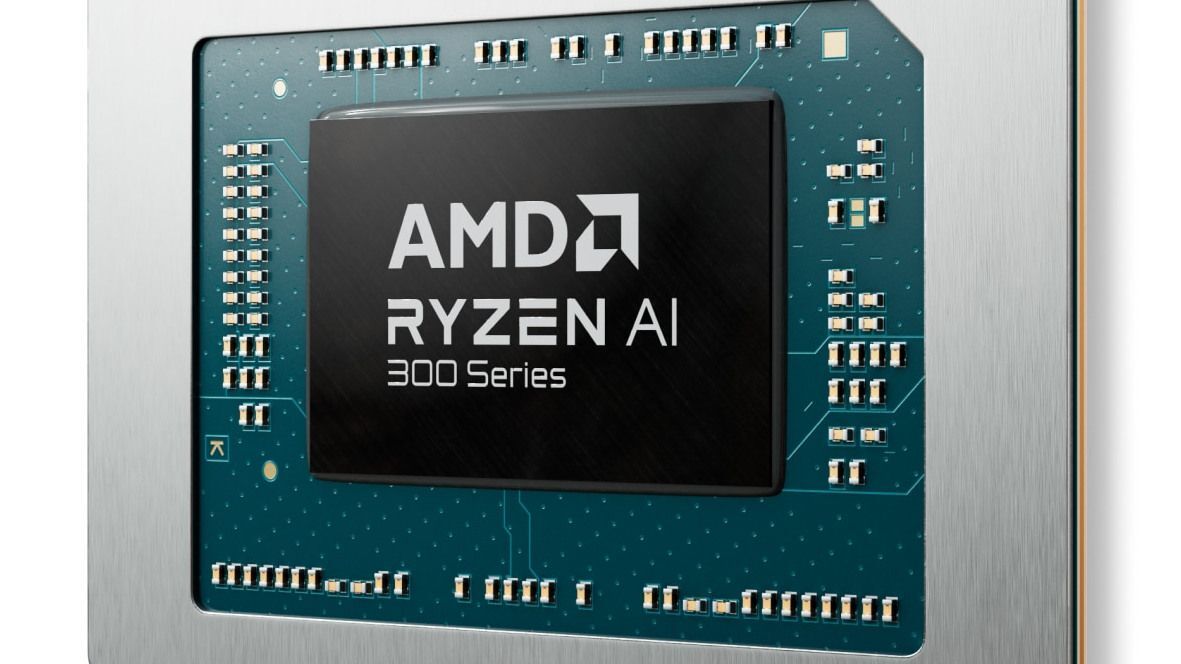In another attempt to convince us that “AI PCs” are somehow fundamentally different from the PCs we’re already using, AMD has officially dropped support for Windows 10 from its new AMD Ryzen AI 300 Series platform. This can be observed by glancing at the official AMD Ryzen AI 9 HX 370 specs page, which now only lists 64-bit versions of Windows 11, Red Hat Enterprise Linux, and Ubuntu as having official support.
Is this a big deal? It depends on how much you like using Windows while also disliking Windows 11. Personally, I prefer Windows 10 as a daily driver, and will only resort to Windows 11 use for professional needs.
That said, the gaming performance and compatibility of Linux operating systems get better every day, so dropping Windows 10 shouldn’t necessarily be a deal breaker for these CPUs. After all, the Ryzen 9 AI 9 HX 370 can perform formidably, even in Silent mode. But users who were interested in those laptops and wished to downgrade to Windows 10 are now totally out of luck, it seems.



Ok, so, no official support for Windows 10, but can you still install and run Windows 10 and renouce whatever “support” or will it just not work?
I mean, they list Red Hat and Ubuntu as the only OFFICIALLY supported Linux distros and both of those are based on other “non-supported” distros, so I don’t think it means much.
Red Hat (RHEL) is not based on any other distro, like Ubuntu is with Debian. RHEL is downstream of Fedora, meaning that RHEL developers can work on code that affects Fedora AND RHEL. This is not really true of Debian and Ubuntu. They are distinct projects with different goals. In many ways, Ubuntu is beholden to what Debian does. This isn’t usually a problem because Debian is very conservative in its approach to software. Ubuntu doesn’t usually have to worry about Debian screwing with something Ubuntu is trying to do.
Which, is all to say that there is no other distribution you can officially equate to RHEL like you can with Debian & Ubuntu.
The person was asking a fairly simple question and I gave an answer that avoided jumping into the genealogy of GNU/Linux based distributions. Many apologies, won’t happen again.
I mean you were pretty damn correct in your statement. Fedora is not officially supported, neither is Debian, a couple popular derivatives are though. My guess is Canonical and IBM were willing to add stuff to make AMD feel confident enough to list them as “Officially” supported.
Personally I’m not a fan of RHEL or Ubuntu but absolutely love Debian. Part of me feels like I would like RHEL if I used it enough, but I use Window’s daily at work and still don’t like it…
It will probably just work, even if not officially. If any weird Windows issues crop up, Microsoft may or may not fix them. I think AMD even provided workarounds and special drivers for Windows 7, just without any official support. They may not do that this time around though, since a lot of things have changed.
According to this article, regarding Intel Alder Lake
https://www.tomshardware.com/features/intel-shares-alder-lake-pricing-specs-and-gaming-performance/4
so, it’s still works but not optimized for some apps. Probably this will be the same with AMD’s latest CPU.